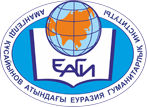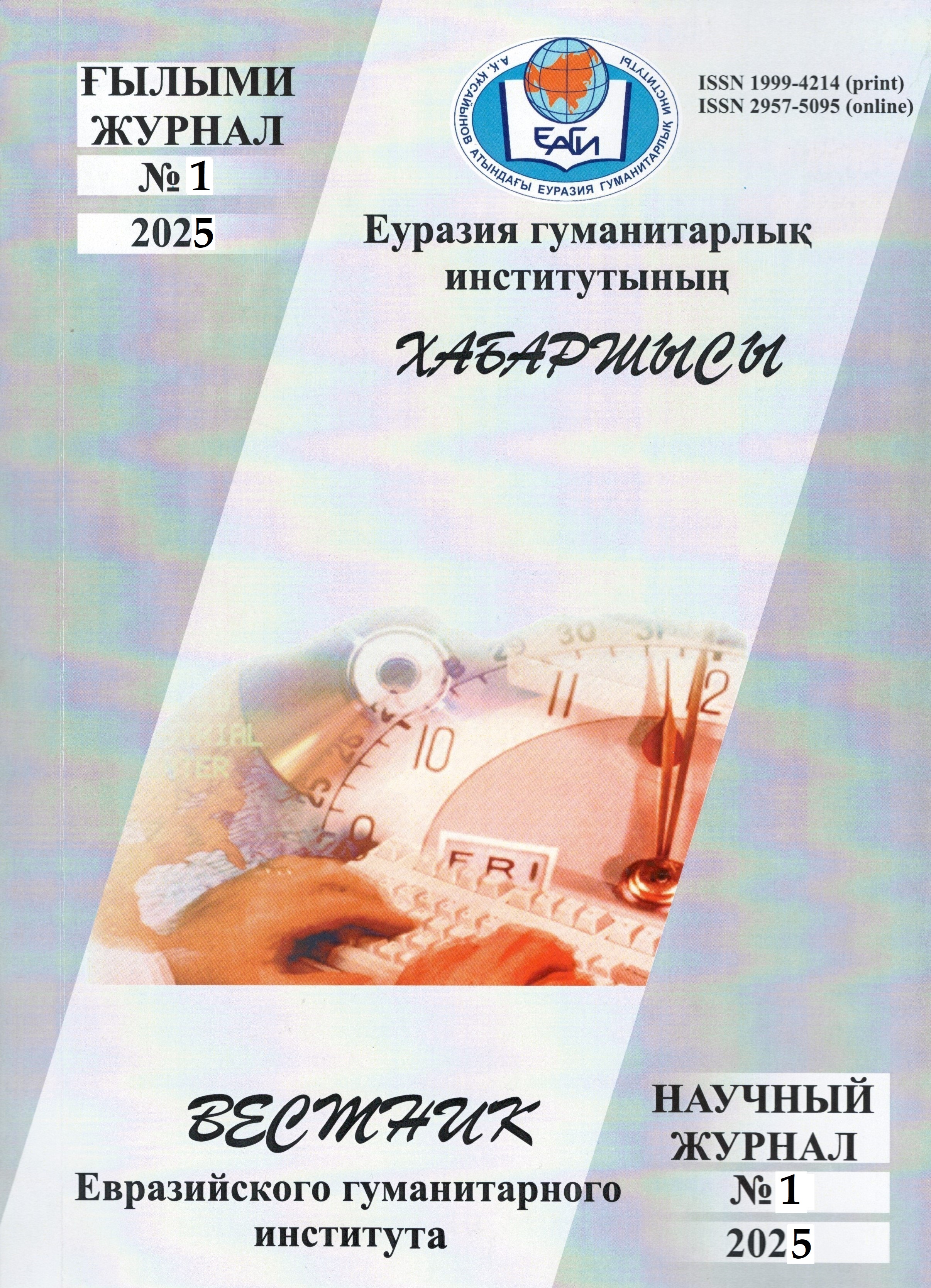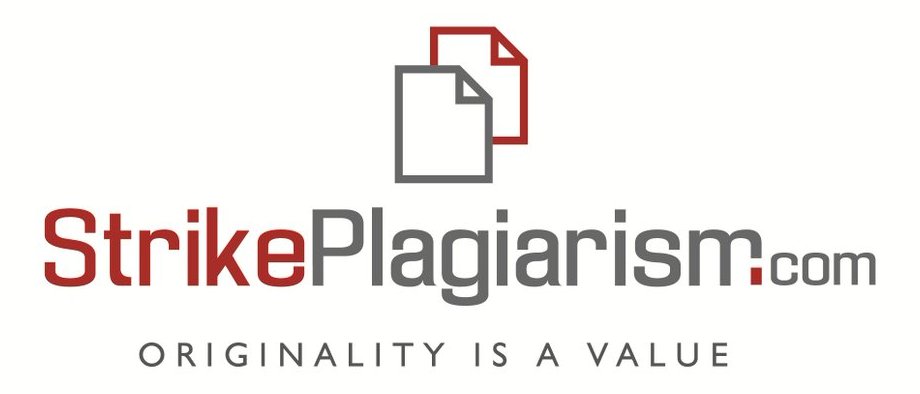*РОЛЬ ИСКУССТВЕННОГО ИНТЕЛЛЕКТА В ФОРМИРОВАНИИ СТЕРЕОТИПОВ В МЕЖКУЛЬТУРНОЙ КОММУНИКАЦИИ
DOI:
https://doi.org/10.55808/1999-4214.2025-1.18Ключевые слова:
искусственный интеллект, стереотипы, межкультурная коммуникация, языковые единицы, ассоциации.Аннотация
Технологические инновации, глобализация, политическая и экономическая среда, а также социально-культурные особенности оказывают заметное влияние на структуру, содержание и направленность медиа-коммуникаций. За последнее десятилетие в области преобразования текста в изображение были достигнуты значительные успехи. Искусственный интеллект открывает новые возможности, позволяя любому пользователю без особых усилий создавать потрясающие изображения, не прибегая к художественным навыкам. Однако при использовании больших объемов данных он также приводит к созданию большего количества стереотипов. Следовательно, стереотипы становятся более распространенными и серьезными, чем когда-либо прежде.
Данная статья посвящена всестороннему исследованию генераторов моделей искусственного интеллекта, преобразующих текст в изображение, влияющих на формирование преимущественно негативных (предвзятых) и позитивных стереотипов. Основная цель состоит в том, чтобы исследовать наличие репрезентативных культурных и этнических предубеждений в картинках, созданных с помощью искусственного интеллекта, в межкультурной коммуникации, проверить их с помощью платформ искусственного интеллекта и дать ряд рекомендаций по этому проблемному вопросу.
Исследование основано на анализе теоретических основ, исторических предпосылок, контекстуальных и экстралингвистических факторов, которые приводят к формированию стереотипов с помощью искусственного интеллекта, в результате чего они затрудняют межкультурную коммуникацию. С помощью таких методов, как синтез, описательный анализ, метод контент-анализа (качественного и количественного), метод семантической категоризации, автор определил ключевые тенденции, проблемы, касающиеся стереотипов, генерируемых искусственным интеллектом.


